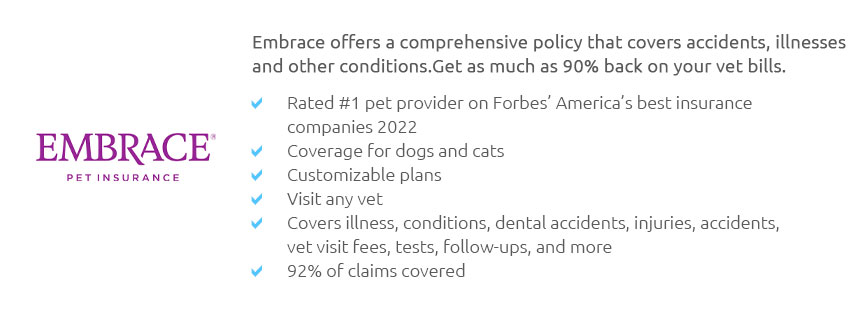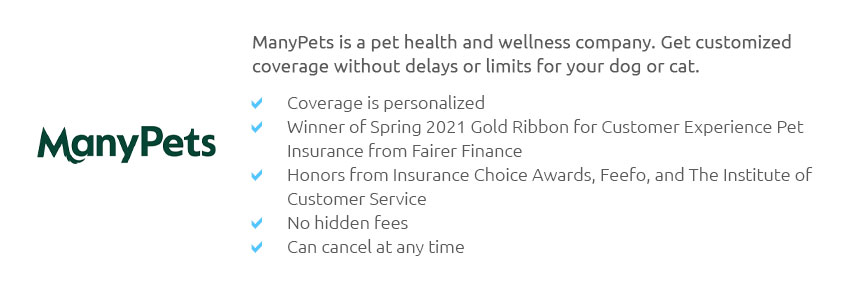 |
 |
 |
 |
 |
 |
|
 |
|
 |
|
 |
|
 |
|
 |
 |
 |
 |
 |
 |
 |
 |
The Cost of Pet Insurance for Your Canine CompanionUnderstanding the financial implications of pet insurance for a dog can be a daunting task, but it's an essential consideration for any responsible pet owner. The cost of insuring your furry friend can vary significantly based on numerous factors, including breed, age, health status, and your location. While some may argue that pet insurance is an unnecessary expense, many find it an invaluable safety net that offers peace of mind. To begin with, the average monthly premium for dog insurance ranges from $25 to $70. This broad spectrum reflects the diversity in coverage options and the differing needs of pet owners. For instance, a basic policy might only cover accidents, while comprehensive plans may include illnesses, wellness visits, and even hereditary conditions. It's crucial to assess what level of coverage is appropriate for your dog, as this will greatly influence the overall cost. Breed-specific considerations also play a significant role in determining insurance costs. Larger breeds like Great Danes or Saint Bernards often face higher premiums due to their predisposition to certain health issues, such as hip dysplasia or heart conditions. Conversely, smaller breeds may enjoy lower premiums but still incur costs for genetic ailments common to their breed. It’s a delicate balance of weighing potential risks against the financial commitment. Age is another critical factor. Puppies generally cost less to insure, given their relatively clean bill of health, but as dogs age, premiums can increase due to the higher likelihood of health problems. Some insurers even impose age limits on new policies, so it’s wise to start coverage early to avoid these restrictions. Geographic location is often overlooked, yet it can dramatically affect insurance prices. Urban areas typically have higher veterinary costs, reflected in the insurance premiums. For instance, a policy in New York City may be considerably more expensive than one in a rural area. This variance underscores the importance of obtaining quotes from multiple providers to find the best value in your region. When delving into the specifics, deductibles and co-pays are also pivotal in shaping the cost structure. A higher deductible generally results in lower monthly premiums but requires more out-of-pocket expense when making a claim. Conversely, lower deductibles increase the premium but reduce the immediate financial burden during an incident. Striking the right balance here is vital to ensure the insurance is both affordable and effective. Moreover, the reputation of the insurer should not be underestimated. While lesser-known companies might offer tempting low rates, the quality of service, ease of claims processing, and reliability in payouts are critical aspects to consider. Investing in a reputable insurer can prevent headaches down the road, even if it means a slightly higher monthly payment. Finally, it’s worth mentioning the subtle psychological comfort that pet insurance provides. Knowing that financial constraints won’t limit the care available for your beloved pet can be a profound relief. While some may view it as an extra cost, others see it as an essential investment in their pet’s health and well-being. In conclusion, while the cost of pet insurance for a dog can vary widely, understanding the nuances of different plans, and considering factors such as breed, age, location, and insurer reliability, can help pet owners make informed decisions. Ultimately, the right policy provides not just coverage, but peace of mind, ensuring that both you and your pet can enjoy many happy, healthy years together. https://www.nerdwallet.com/article/insurance/cost-of-pet-insurance
The average pet insurance cost is about $56 per month for dogs and $32 per month for cats for the most common type of policy. https://www.nerdwallet.com/article/insurance/is-pet-insurance-worth-it
The average pet insurance cost is about $56 per month for dogs and $32 per month for cats for the most common type of policy. 2. By ... https://www.metlifepetinsurance.com/blog/pet-insurance/how-much-does-pet-insurance-cost/
As of 2024, the average monthly premium for dog insurance that covers accidents and illnesses has increased to $53 per month.
|